Throughout history, religious communities have always played a vital role in preserving architectural heritage. Buildings such as communal houses, temples, pagodas and churches are not simply places of worship but also preserve the cultural, artistic and religious quintessence of each period. Each building is an indelible mark, recording the history and identity of the Vietnamese people. Religious communities are not only responsible for preserving but are also the first entities closely associated with the preservation of these precious heritages.
As direct guardians, believers, priests and abbots regularly maintain, care for and perform traditional rituals at religious buildings. In all Vietnamese villages, from ancient pagodas in the North to churches with unique Gothic architecture in the Central region, or traditional communal houses in the South, religious communities are proactive in maintaining, caring for, protecting and preserving heritage from degradation. Thanks to the commitment of these guardians, religious architectural works still retain the beauty and soul of a vibrant worship space.
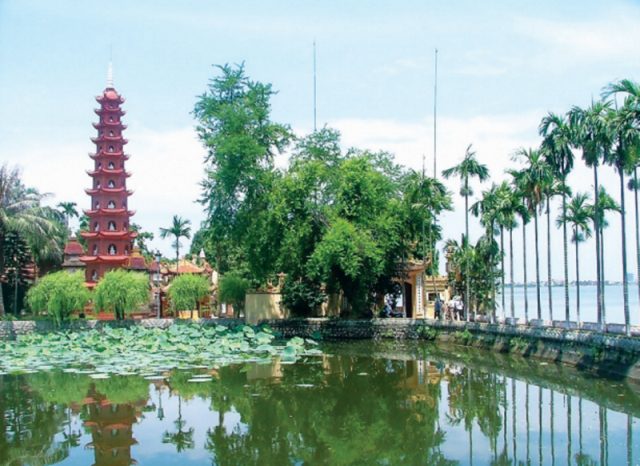
The restoration of religious architectural works is also an important activity undertaken by religious communities, with a deep understanding of cultural and spiritual values. Unlike normal restoration projects, restoration carried out by religious communities always focuses on preserving the originality of the architecture, protecting every small detail from statues to carvings or traditional materials. This is not only a technical task but also an expression of respect and reverence for heritage. It is the careful and meticulous consideration in each step of restoration that helps religious architectural works retain their original value over time.
In religious festivals, the community plays an important role in maintaining and passing on heritage values. Festivals such as the Hung Temple Festival, the Huong Pagoda Festival or Christmas at Hanoi Cathedral are not simply occasions to perform religious rituals but also opportunities to attract tourists, introduce andeducate the younger generation about the significance of architectural heritage. Each event is organized on a large scale, both creating a space to connect the community and spreading cultural and religious values to the public. Through these festivals, religious architectural works are no longer silent structures but become vibrant spaces of belief, where beliefs and traditions are preserved over the years.
Hanoi Cathedral. Photo: Collected
Religious communities also play a role in transmitting, preserving and educating about the historical values of architecture. Abbots, priests, or elders in the community are those who have a deep understanding of the values of heritage. They pass on to the next generation valuable knowledge about history, architecture and the meaning of each detail in the building. This teaching not only brings knowledge but also instills in the younger generation a love and sense of responsibility for preserving heritage. This is how values that cannot be found in books are preserved over time, helping religious architectural heritage become an indispensable part of community life.
Furthermore, religious communities today have expanded their role through cooperation with conservation organizations and state agencies to implement architectural heritage protection projects. Thanks to this cooperation, conservation does not stop at form but also aims to recreate cultural spaces, connecting heritage with the lives of modern people. Religious communities provide conservationists with valuable documents, and participate in monitoring and consulting during the conservation process. This combination helps conservation projects to be carried out systematically, closely linked to traditional values, preserving the inherent spiritual meaning of heritage.
The role of religious communities in preserving architectural heritage is a testament to their love and respect for the nation's cultural heritage. These communities not only protect architectural works but also protect a part of the memory, a part of the soul of Vietnamese culture. It is thanks to the persistent contribution of religious communities that our architectural heritage is not lost, but increasingly spread, becoming a bridge between the past and the future, to forever be the pride and precious assets of the nation.


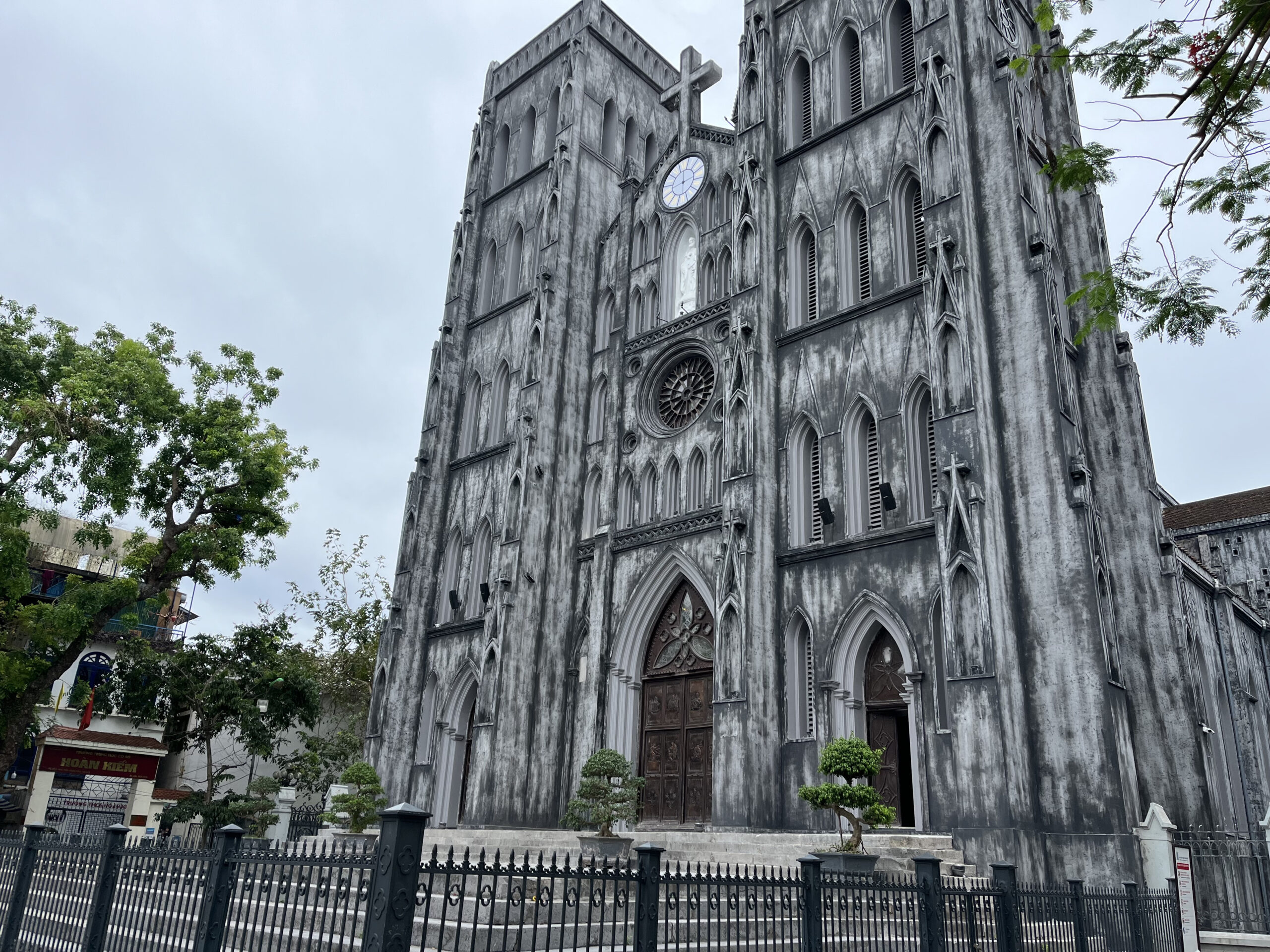

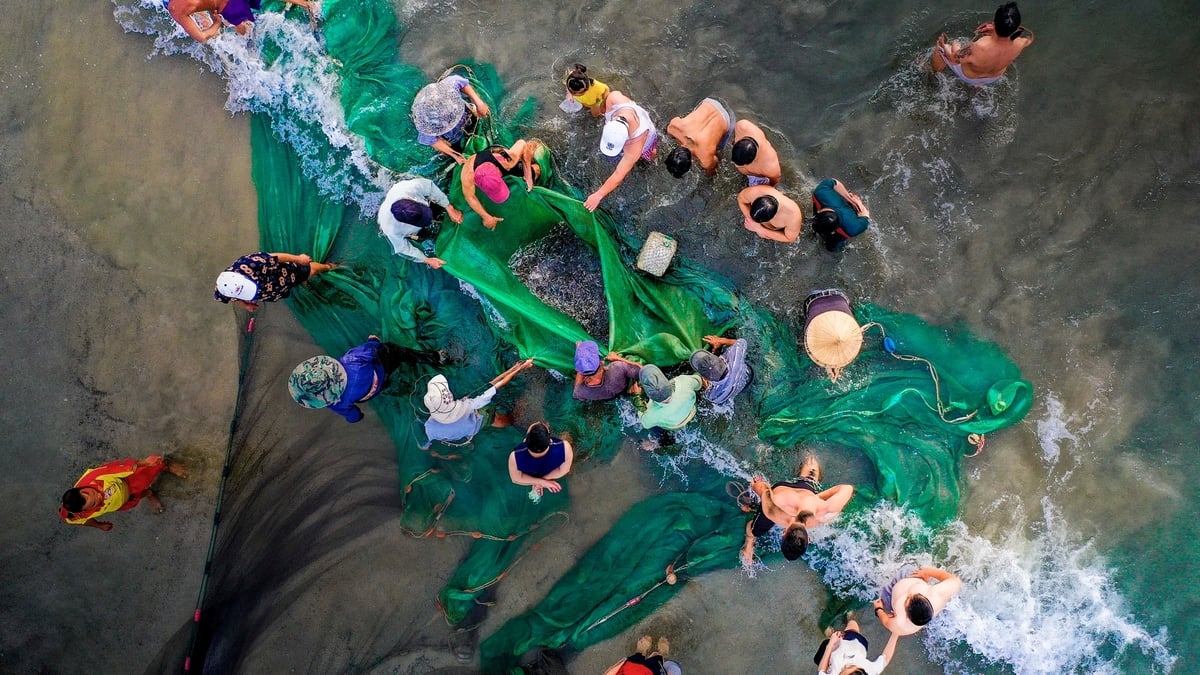

![[Photo] More than 124,000 candidates in Hanoi complete procedures for the 2025 High School Graduation Exam](https://vphoto.vietnam.vn/thumb/1200x675/vietnam/resource/IMAGE/2025/6/25/fa62985b10464d6a943b58699098ae3f)
![[Photo] General Secretary To Lam works with the Standing Committee of Quang Binh and Quang Tri Provincial Party Committees](https://vphoto.vietnam.vn/thumb/1200x675/vietnam/resource/IMAGE/2025/6/25/6acdc70e139d44beaef4133fefbe2c7f)
![[Photo] First training session in preparation for the parade to celebrate the 80th anniversary of National Day, September 2nd](https://vphoto.vietnam.vn/thumb/1200x675/vietnam/resource/IMAGE/2025/6/25/ebf0364280904c019e24ade59fb08b18)
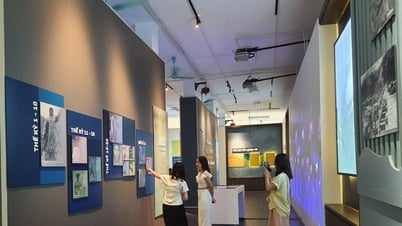



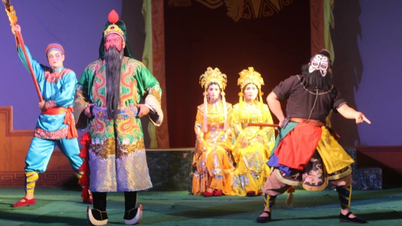

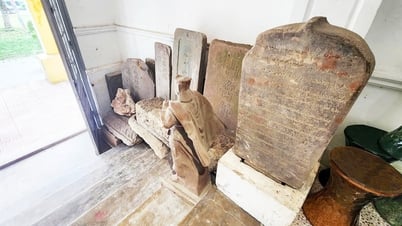

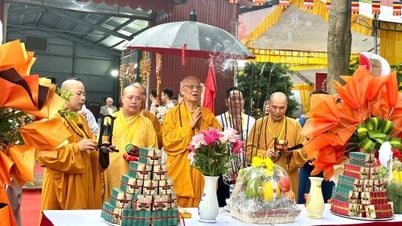

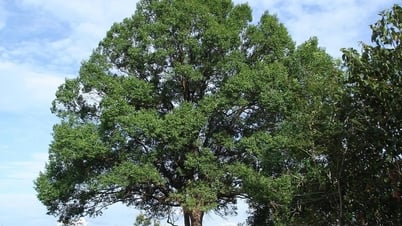





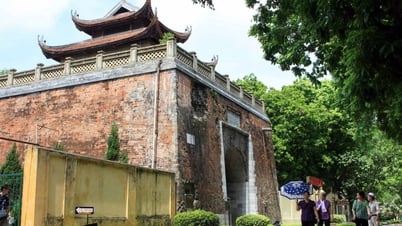

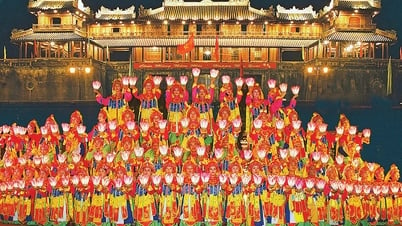


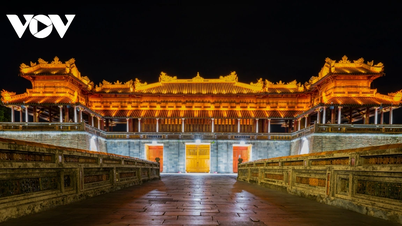





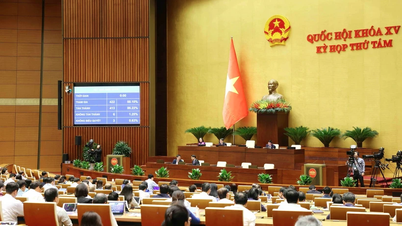
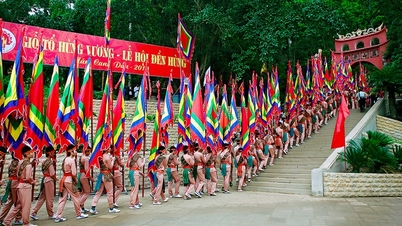
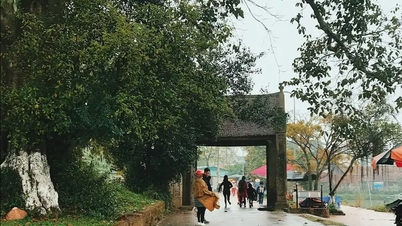
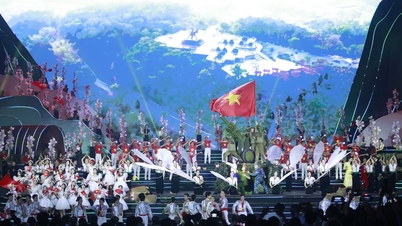
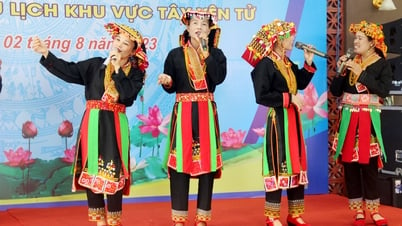
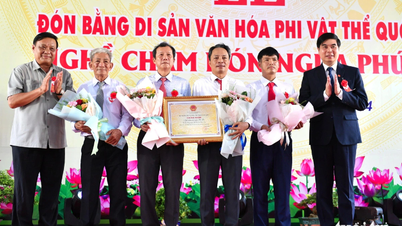




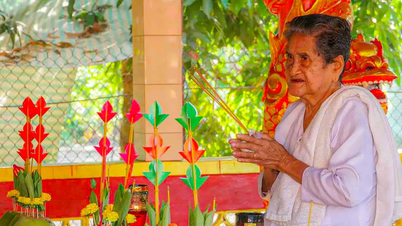




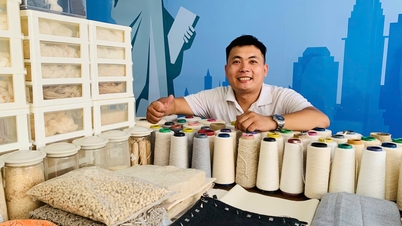
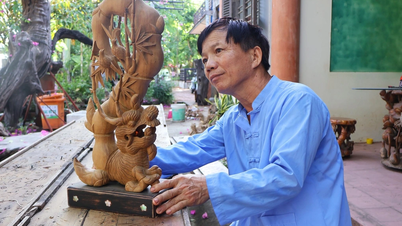



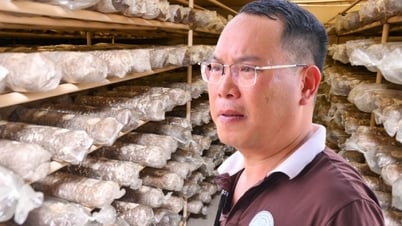







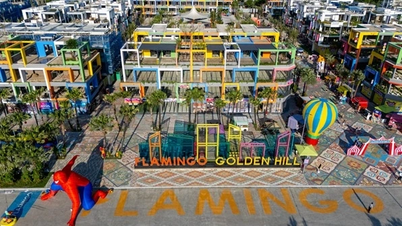





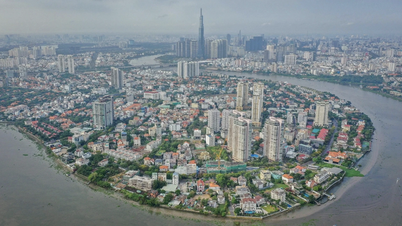


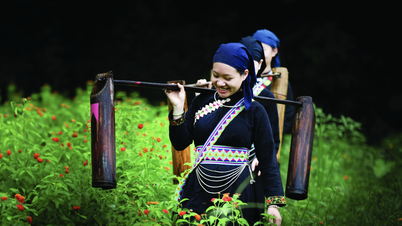

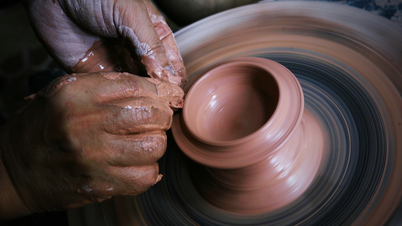



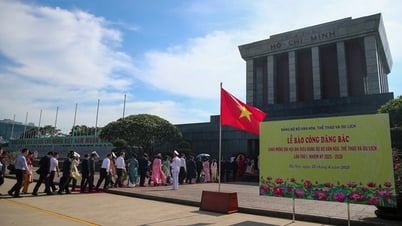
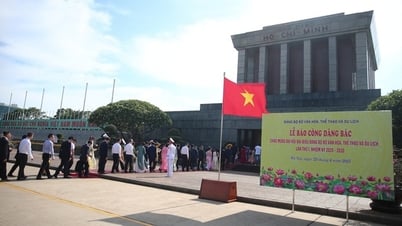
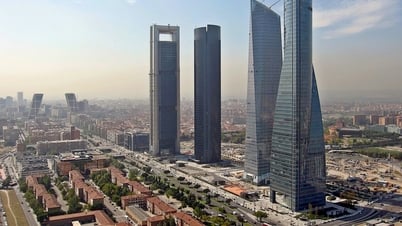

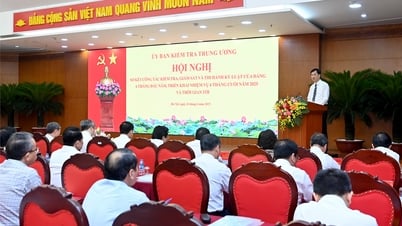

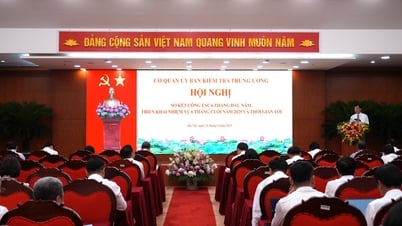
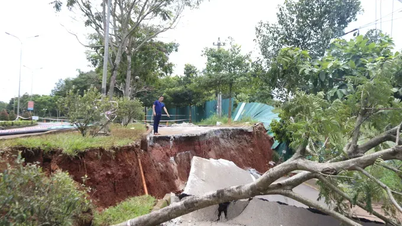
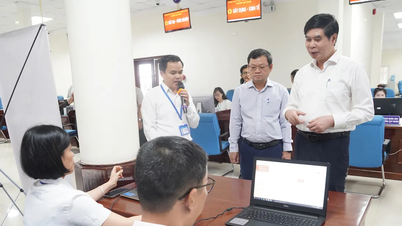

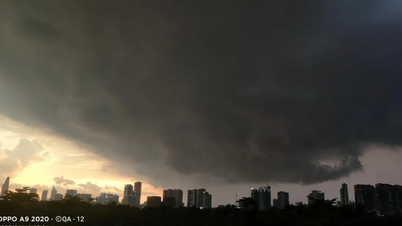
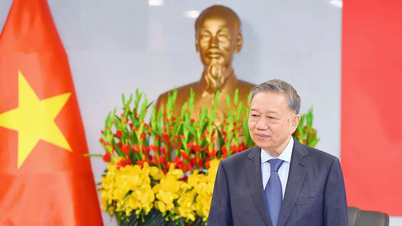
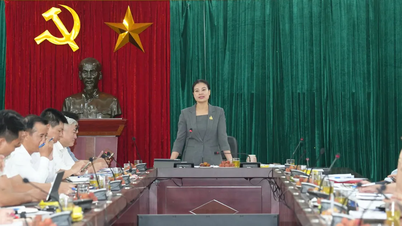













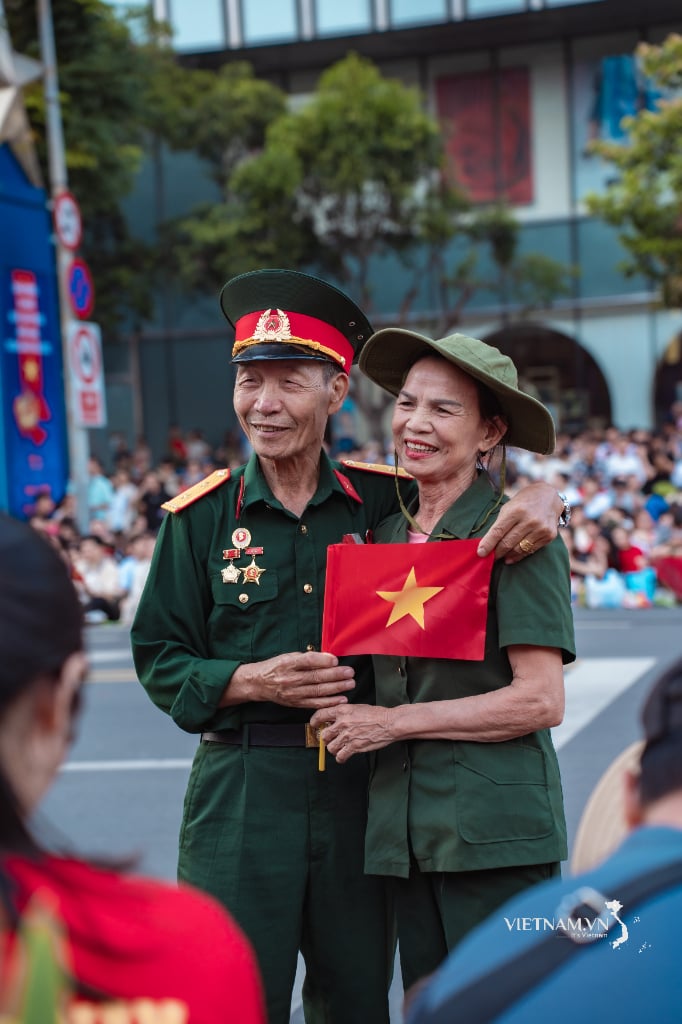
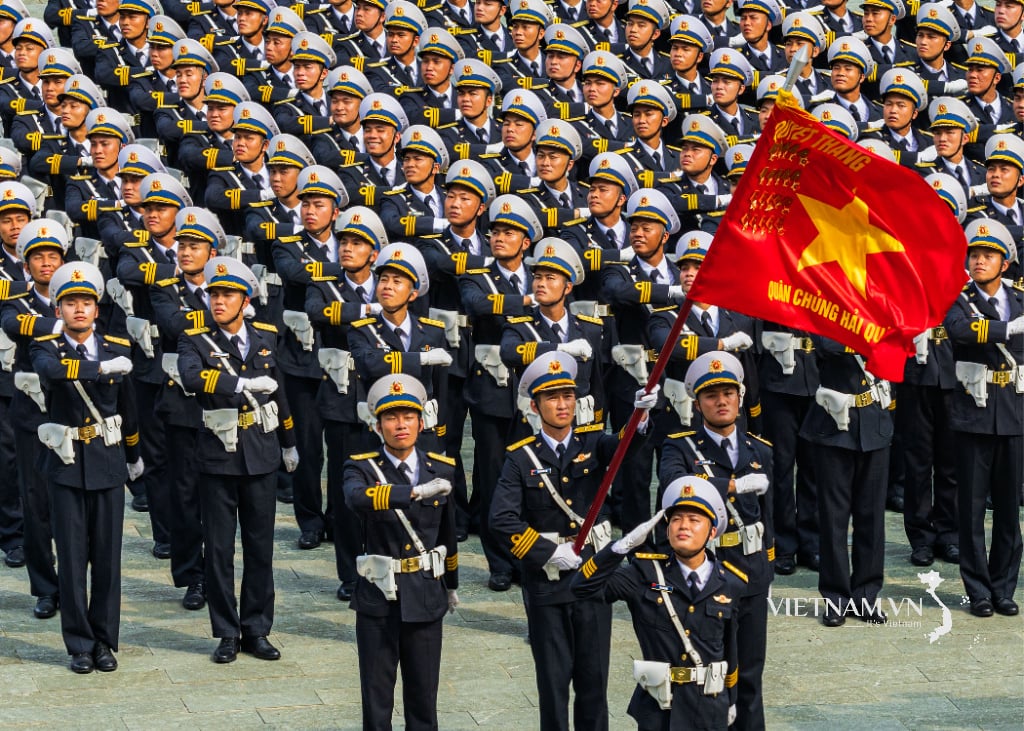
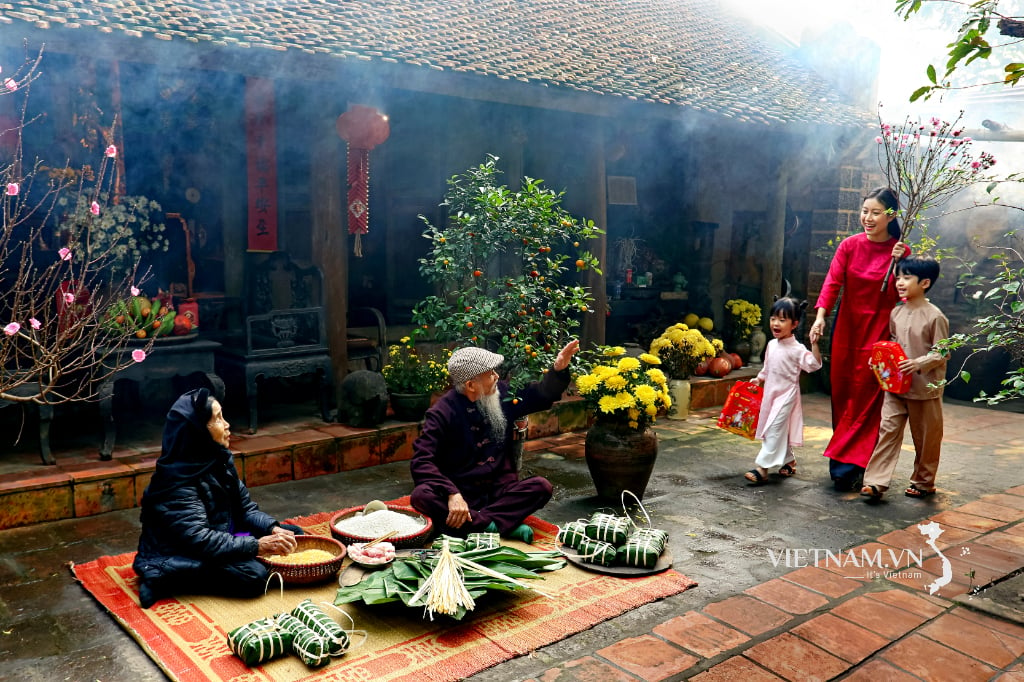
Comment (0)